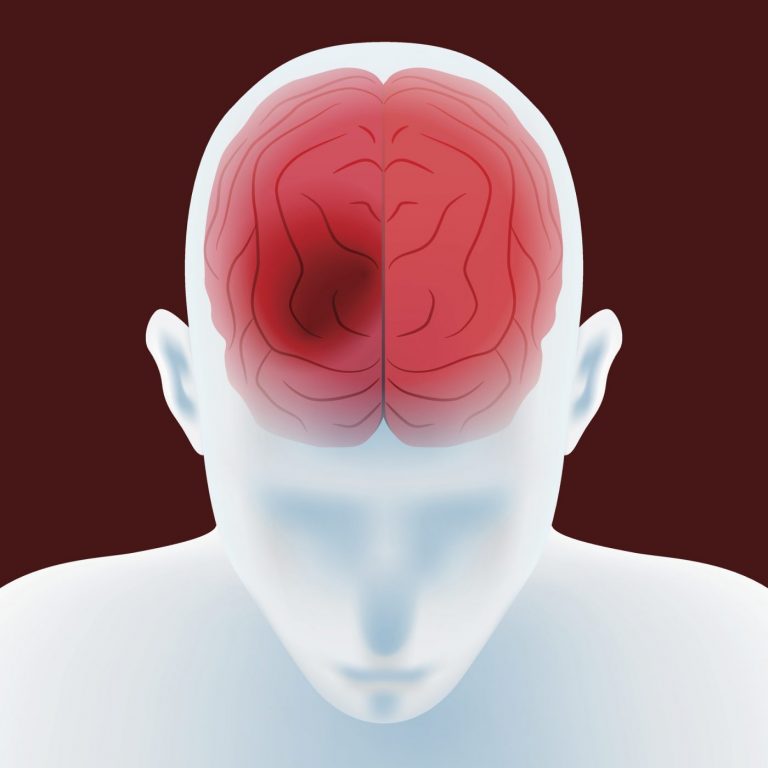
A team of researchers based at the Children’s Hospital of Philadelphia found that a common nutritional supplement can reduce the risk of fatal stroke in people with the rare genetic disorder called hereditary cystatin C amyloid angiopathy (HCCAA).
HCCAA is part of a group of diseases in which amyloid proteins build up and deposits form on the walls of blood vessels in the central nervous system. The mutation that causes this disorder — known as leucine to glutamine variant of hCC (L68Q-hCC) — forms amyloid deposits in brain arteries.
Those affected experience micro-infarct brain hemorrhages in their 20s, leading to paralysis, dementia and death as these strokes become more frequent. Most people with HCCAA die within five years of their first stroke. Currently, no treatment is available to prevent amyloid deposition and early death.
The researchers studied the effects of N-acetyl-cysteine (NAC) in these individuals. NAC is a widely available antioxidant compound used to break up lung mucous in diseases like COPD and chronic bronchitis and also to help prevent or reduce kidney and liver damage from acetaminophen overdose and environmental toxins.
Previous research has shown that NAC acts as a direct scavenger of free radicals, has anti-inflammatory properties, and has a known ability to prevent or disrupt amyloid fibril formation. And, in animal models of Alzheimer’s disease, NAC minimized Tau expression and neuronal loss.
In this study, the team assessed whether NAC and other compounds could prevent formation or break up the amyloid plaques associated with HCCAA. The amyloid deposits are seen in other neurodegenerative diseases, including Alzheimer’s, Parkinson’s, Creutzfeldt-Jacob’s, and Huntington’s diseases.
To evaluate the ability of molecules to interfere with aggregation of hCC while informing about cellular toxicity the team engineered two cell lines — one wild type normal and the other L68Q-mutant HCC which leads to high molecular weight complexes. They tested several non-toxic compounds to see if they interfered with aggregation of amyloid proteins. NAC broke up the amyloid oligomers into smaller monomers, stopping the cascade of amyloid deposit formation linked with stroke.
The team also performed skin biopsies on six patients with the L68Q-hCC variant who were treated with NAC and measured their hCC-amyloid protein deposit levels afterwards. Five of the six patients saw between a 50% and 90% reduction of L68Q-hCC levels, suggesting that this variant is a clinical target for compounds like NAC that can minimize L68Q-hCC levels.
Because NAC was found to be effective at preventing the formation of amyloid clusters, the researchers hope it may open the door to new treatments for HCCAA and other forms of dementia.
“Treatment with NAC in human patients not only prevents ongoing deposition of cystatin C protein complex in the skin, but also reduces prior deposits in a significant way,” the authors write in their paper. “Identification of agents with the ability to reduce L68Q-hCC dimerization and amyloid fibril formation is the key for the development of treatments for HCCAA.”
Encouraged by this proof-of-concept study in HCCAA, the researchers are now conducting a larger clinical study with NAC in patients with HCCAA with results expected in mid 2021. Since genetic testing is available for HCCAA, finding patients early in life with the disease and possibly treating with NAC, or another amyloid protein deposit disruptor, offers some potential hope for preventing a first stroke.













